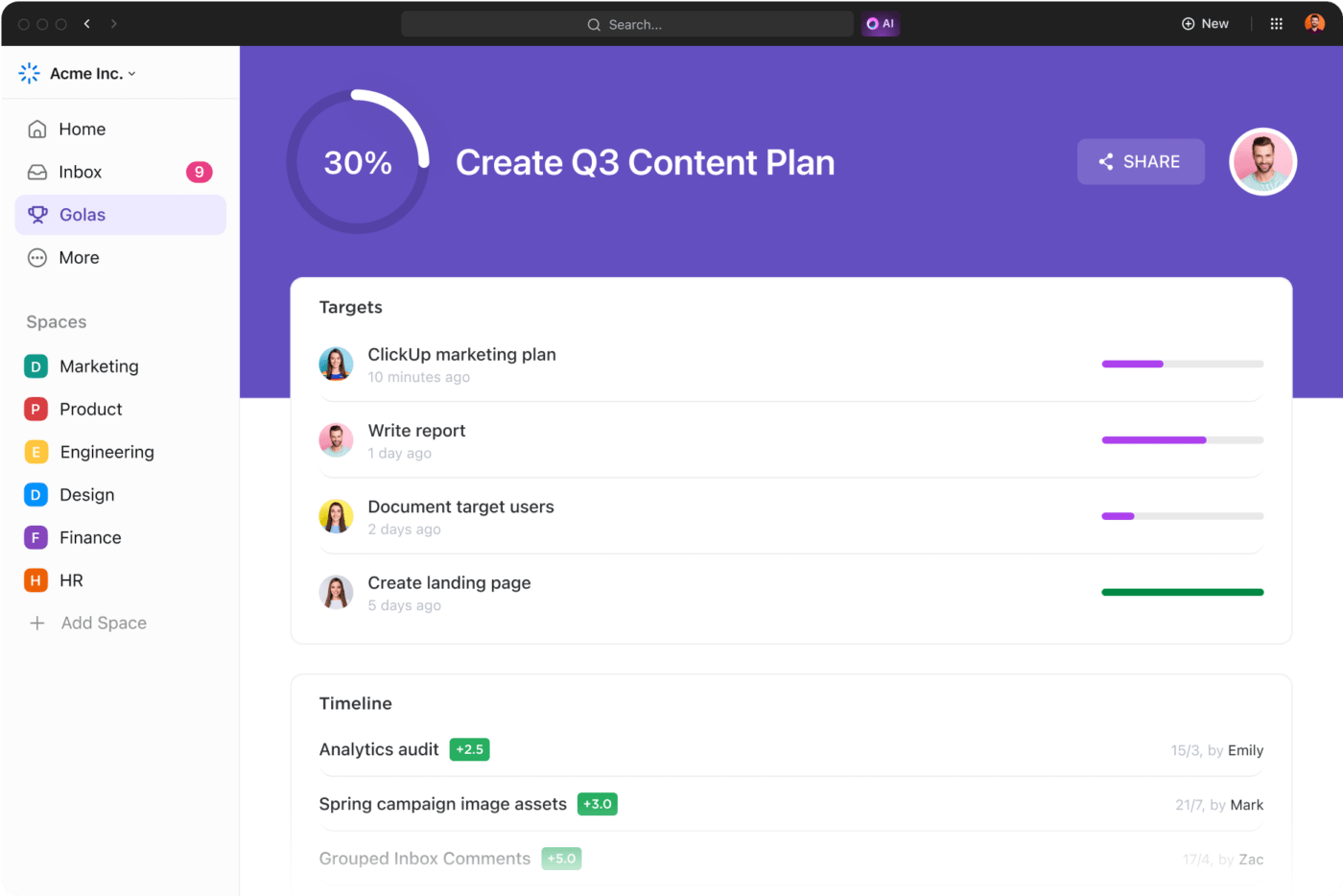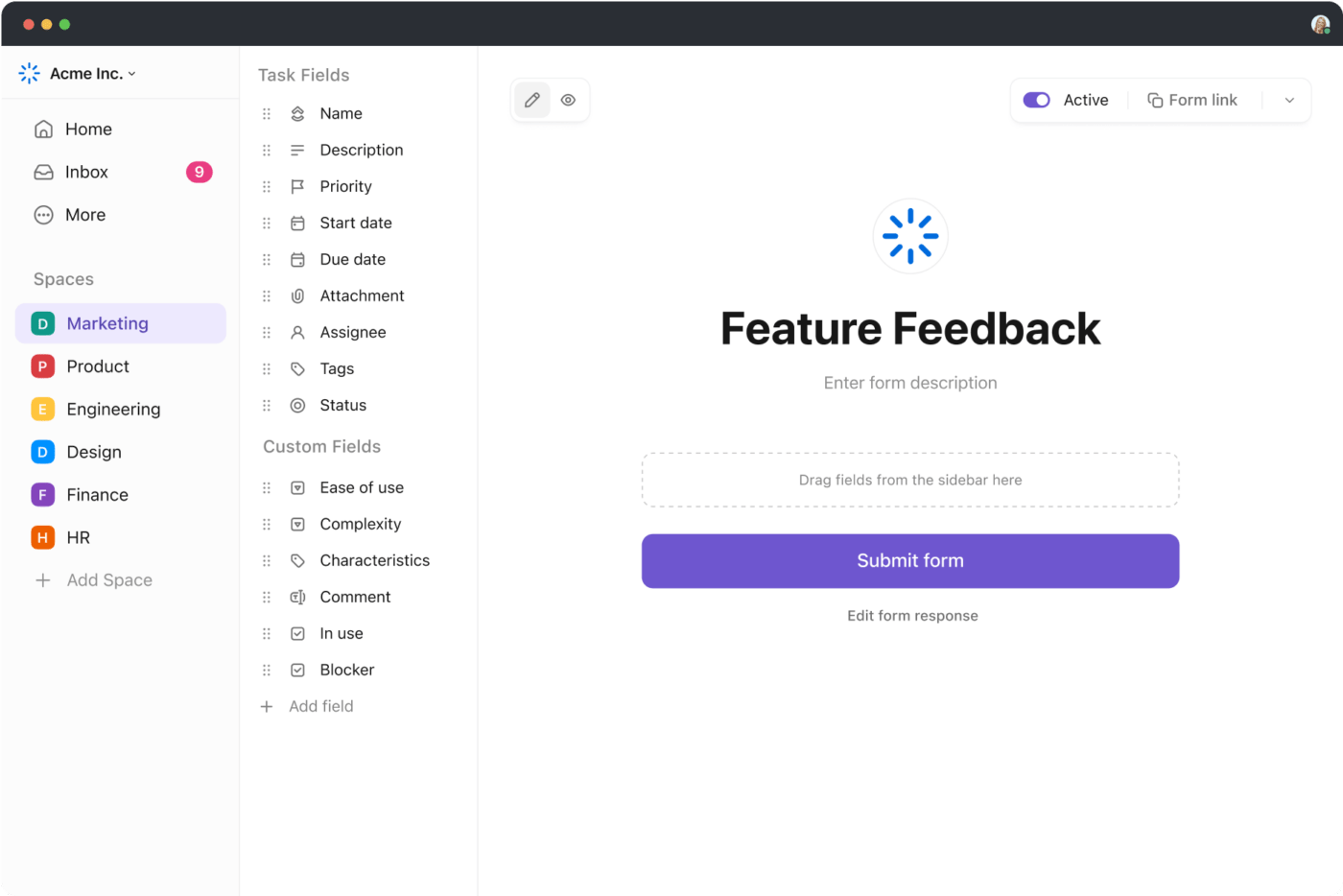Skills & Strategies Every Change Agent Should Know

Sorry, there were no results found for “”
Sorry, there were no results found for “”
Sorry, there were no results found for “”
In 2014, Satya Nadella was appointed Microsoft’s CEO.
Nadella’s first act was to usher in a new era for the tech giant with a strategic cultural and technological shift. The result? Microsoft’s market capitalization rose from $300 billion in 2014 to over $3 trillion in 2024.
That said, driving a company-wide change is not easy. It can be a daunting endeavor, fraught with risk. Getting your team to buy into the changes can also be challenging, as employees are often hesitant to unlearn traditional methods and adopt modern technologies.
Here, skilled change agents who can effectively lead and navigate through change initiatives provide the necessary support and guidance.
In this blog, we’ll explore some important characteristics of change advocates, the critical skills they need, and how they facilitate organizational change.
A change leader or change agent is a person or a group of people, either from outside or inside the organization, who actively manage change initiatives and see them through.
Change agents bring strategic shifts to mindsets, business processes, technology, culture, and organizational structure.

The most effective change agents, arguably, are those who drive changes at the cultural level. And this means changing how people interact, perform, and accomplish tasks at the workplace. People-focused change agents possess specific characteristics that set them apart.
A good change agent displays agility and flexibility when implementing change. Thus, change agents wear multiple hats, depending on the organization’s needs, the nature of the change, and the stage of the change process.
Their influence extends across various facets of the organization, especially when it comes to shaping company culture. By introducing new values that resonate with employees, change agents inspire a ‘growth mindset,’ encouraging teams to embrace change and seize new opportunities.
The impact change agents have often depends on the type of change agent they embody. Each type plays a distinct role in driving transformation, tailored to the organization’s unique needs and goals.
Many organizations find and designate change agents from within their fold. So, a change agent can be someone from the leadership team, HR, or anyone highly regarded in the company with an aptitude for people management and strategic transformation.
Since internal agents are familiar with the organization’s culture and understand internal processes, they are better suited for handling change initiatives that require in-depth organizational knowledge and long-term commitment.
Internal change agents have been game changers in transforming organizations through innovative strategies and leadership.
📚Although Howard Schultz briefly left Starbucks to start his own company, Il Giornale, he returned by acquiring Starbucks and then became CEO in 1987. He reshaped the company, implementing his vision of expanding Starbucks beyond just a seller of takeaway coffee.
The coffee chain soon grew into a ‘third place’ for hundreds of thousands of people around the world and became a benchmark of coffeehouse culture. As a result, the company grew from 15,000 to 30,000 stores in less than ten years.
An external change agent is a consultant from an external agency who is brought in to lead or support change initiatives. Their outsider perspective helps spot inefficiencies and biases and gives a fresh perspective on organizational challenges.
📚Lou Gerstner, was brought in as the CEO of IBM in 1993 specifically to lead a turnaround during a period of significant crisis. Gerstner made sweeping changes to IBM’s culture, strategy, and structure, helping the company shift towards services and solutions. His outsider perspective allowed him to challenge the status quo and introduce radical changes.
What skills did Satya Nadella, Howard Schultz, and Lou Gerstner have in common that helped them redirect their companies toward success?
Explore Further 🔎: Discover why emotional intelligence is the secret ingredient to exceptional leadership and how it can transform your team dynamics.
Clear goals and objectives are a critical part of successful change management. They help with:
In addition to overcoming challenges and managing the resistance that often accompanies a change, there are other ways in which change agents impact strategy implementation.
When an organization undergoes a digital transformation, new technologies are integrated into various business areas, changing how it operates and delivers value to customers.
A change agent focuses on the human aspect of this transformation and provides a structured framework to prepare and train employees, address their concerns, and overcome their resistance to new technology.
Here’s how:
💡Pro Tip: Use these effective and proven change control processes to help manage risks, prevent scope creep, and minimize overspending during digital transformation.
One of the most important jobs of change champions is offering teams and individuals a supportive environment where they can easily adapt to new technology.
Here’s how a change agent influences teams during a digital transformation process.
Encouraging an entrepreneurial mindset among teams can help employees take a creative approach to solving problems. When employees think outside the box, it can improve processes and products. This is essential during digital transformation.
Here are a few other reasons to foster entrepreneurship within teams:
We touched on how leaders in recent years became change agents who transformed businesses and even industries. Here are a few more real-life examples.
Mary Barra spent her entire career at General Motors before becoming CEO. She was appointed CEO when the automotive company was experiencing financial instability. Her years of experience within the company, especially in engineering and leadership roles, positioned her well to lead major transformations, including focusing on electric vehicles and autonomous driving technology. This helped GM focus on high-margin products and return to profitability.
Ron Johnson is an excellent example of an internal change agent who has made important contributions to companies like Apple and JCPenney. At Apple, Johnson introduced the ‘Genius Bar,’ where customers could get a hands-on product experience. This transformed Apple stores into hubs for customer education.
💡Pro Tip: Streamline your change management process by using Kotter’s 8-Step Model to ensure proper communication, develop a clear vision, and drive momentum.

If you want to become a truly effective change agent, here are some areas to focus on:
Here are some of the most common challenges change agents face and how you can tackle them.
Organization-wide changes are often met with resistance due to a lack of understanding of benefits or concerns over job security.
✨Solution
Inconsistent communication impacts how information is relayed to employees, leading to confusion about the change initiative’s objectives.
✨Solution
Sometimes, leaders and other departments may not accept the suggested changes if they do not align with strategic goals, are not convinced about the benefits of the change, or if there is a perceived risk.
✨Solution
Change initiatives involve extensive planning, coordination, and complex workflows. It can be difficult to efficiently manage resources and keep track of the different tasks and activities in various stages of the change initiative.
ClickUp’s Project Management Solution can help change agents manage and implement change effectively. It acts as a centralized hub for task management and offers several robust features that streamline resource allocation, team collaboration, and progress tracking.
Here are the different ways ClickUp can be used as a change management software.
Effective change management involves meticulous planning to ensure a smooth transition with minimal disruptions. To get leadership approval, you need a comprehensive proposal that outlines the rationale behind your change initiatives.
This change request is a lengthy, all-encompassing document, and creating it from scratch can be time-consuming.
With a change management template, you can outline the key differences between phases of your change lifecycle and describe their individual and collective impact on business.
💡Pro Tip: Use the ClickUp Change Proposal Template to document the nature and scope of the proposed change strategy for quicker reviews and approvals.
Once you’ve outlined your objectives, use ClickUp Goals to set measurable targets. Set numerical, monetary, or task targets for each goal to track your progress and ensure you stay on schedule.
You can also create multiple goals and organize them under different folders, allowing easy categorization. This makes monitoring the different stages of your change management strategy easier.

The next step is to plan your workflow with different tasks and activities associated with your change management process.
Use ClickUp Tasks to create and assign tasks to the appropriate team members. You can add due dates, task descriptions, and custom fields to add in-depth information on every task to streamline execution. Use priority levels to help your team focus on what matters the most.

💡Pro Tip: The best way to drive culture change is to build an irresistible vision for the future and provide all the training and support necessary to remove barriers to progress.
Make your brainstorming sessions collaborative and effective using ClickUp Whiteboards to represent ideas and thoughts visually.
It acts as a virtual canvas where you can explain complex concepts, use connectors to link different ideas, show how they are interrelated, and add images and web links for more context.
Once your ideas are finalized, turn them into tasks directly from the whiteboard with a few simple clicks.

You can enhance your collaborative process by using ClickUp Docs to create a centralized repository of change management plans and updates. Team members can edit information in real time and use comments to leave feedback or assign action items, ensuring that everyone has access to the latest information.

ClickUp also offers a vast library of templates to streamline your documentation process.
ClickUp Change Management Plan Template
The ClickUp Change Management Plan Template is a framework for developing a plan of action for implementing the various protocols involved in the change process. The template allows you to track the progress of different phases of your change initiatives and see how they impact larger business objectives.
With this template, you can:
In addition to establishing clear scope and objectives, this template also helps map out a detailed timeline to help change agents focus and stay on schedule.
💡Pro Tip: Use the ClickUp Change Management Plan Document Template to cover every detail from pre-implementation planning to post-implementation review.
Use ClickUp Brain, ClickUp’s powerful AI tool, to assist with drafting essential documents such as change management plans, training materials, project reports, and communication strategies. This ensures that your tone and structure across key documents are clear and consistent. ClickUp Brain can also summarize meeting discussions and action points and assign them to team members.

The ClickUp Change Management Checklist Template is a great tool for identifying the relevant tasks associated with your change implementation process and creating a structured approach to completing them. The checklist template can also ensure that all the necessary steps are completed, leading to a more successful implementation.
With the checklist template, you can:
With ClickUp Form View, you can collect employee feedback and extract relevant insights from the response data. These forms are highly customizable and easy to create, and responses can even be converted into trackable tasks.

💡Pro Tip: Empower your teams to perform well by setting clear expectations and helping them upskill and grow in their career. This fosters a culture of continuous improvement and adaptability, helping them to navigate and thrive amidst organizational changes.
Using a change agent to oversee your organizational transformation process can have several benefits. However, there are also a few potential drawbacks that you need to consider.
Benefits
Potential drawbacks
Change agents are pivotal in guiding organizations through periods of change and progress. They act as a bridge between teams, enabling seamless communication and minimizing disruptions during changes.
As growth catalysts, they suggest innovative approaches to streamline business processes and operations for better efficiency.
A project management tool like ClickUp helps change leaders navigate the operational complexities of change management processes. The platform offers robust features for task management, resource allocation, and collaboration, allowing change leaders and agents to manage and monitor the smooth execution of change initiatives.
Sign up for ClickUp for free to explore how to manage and monitor organizational transformations effectively.
© 2026 ClickUp